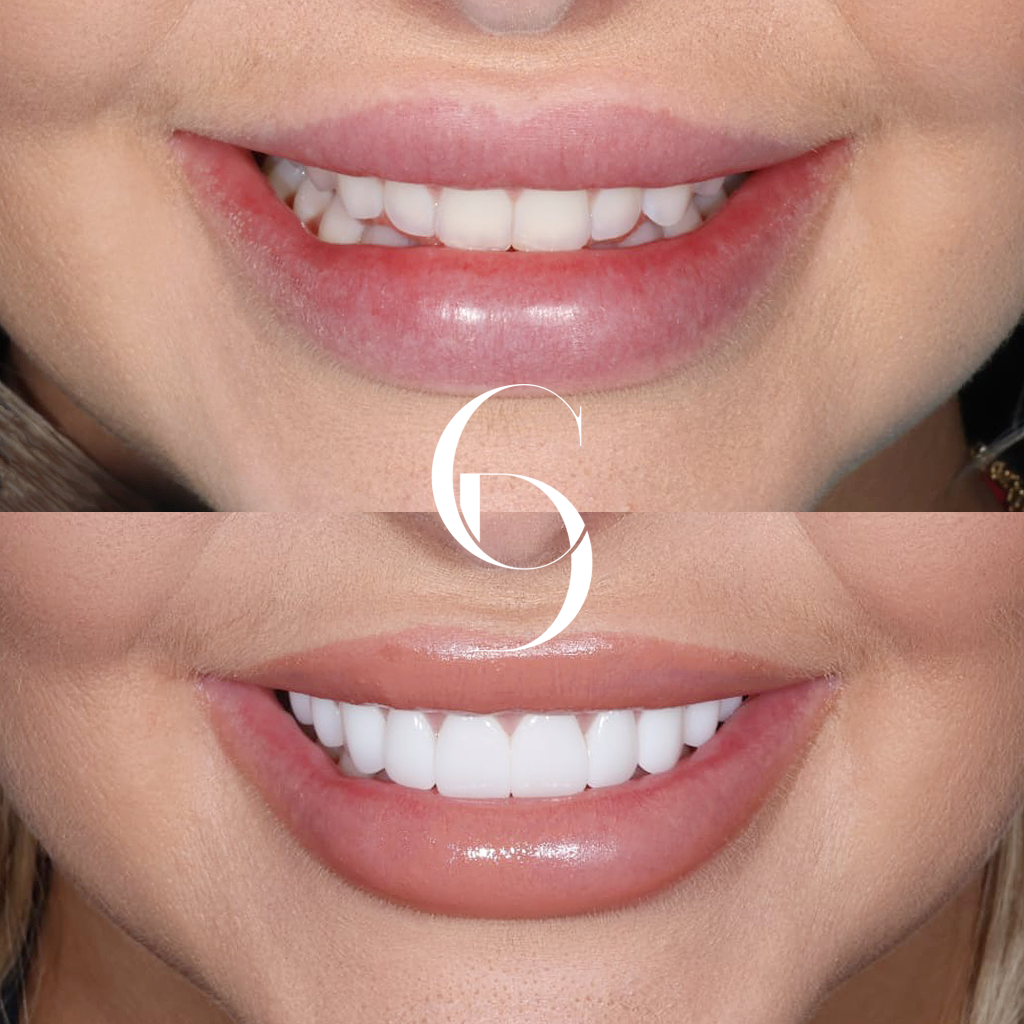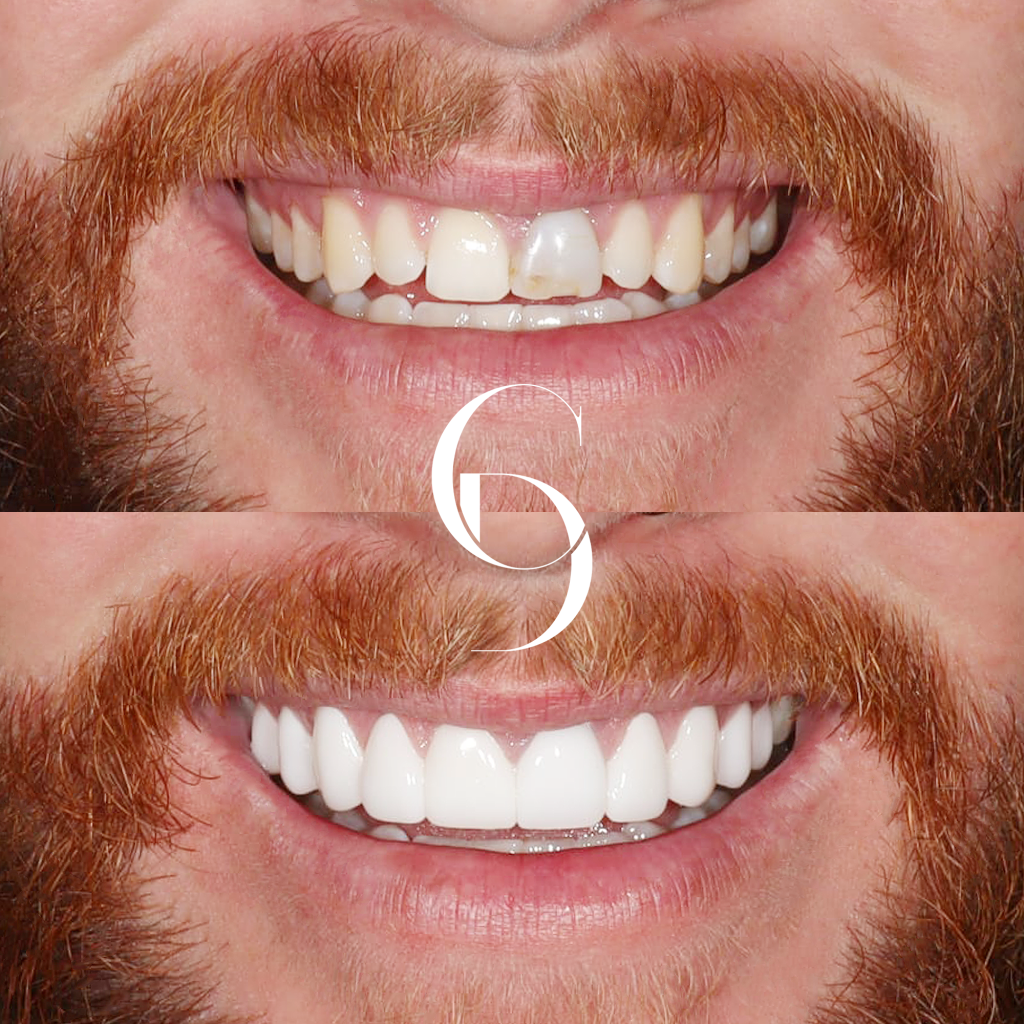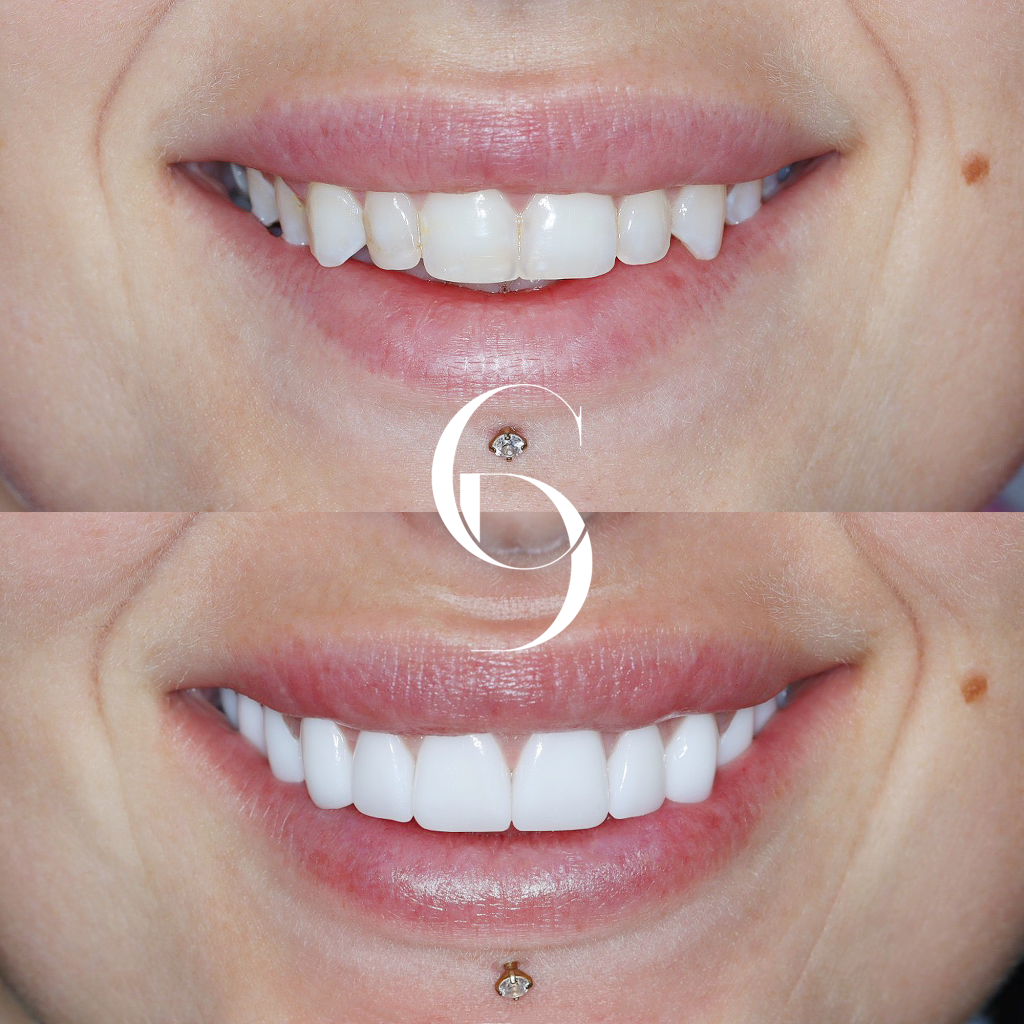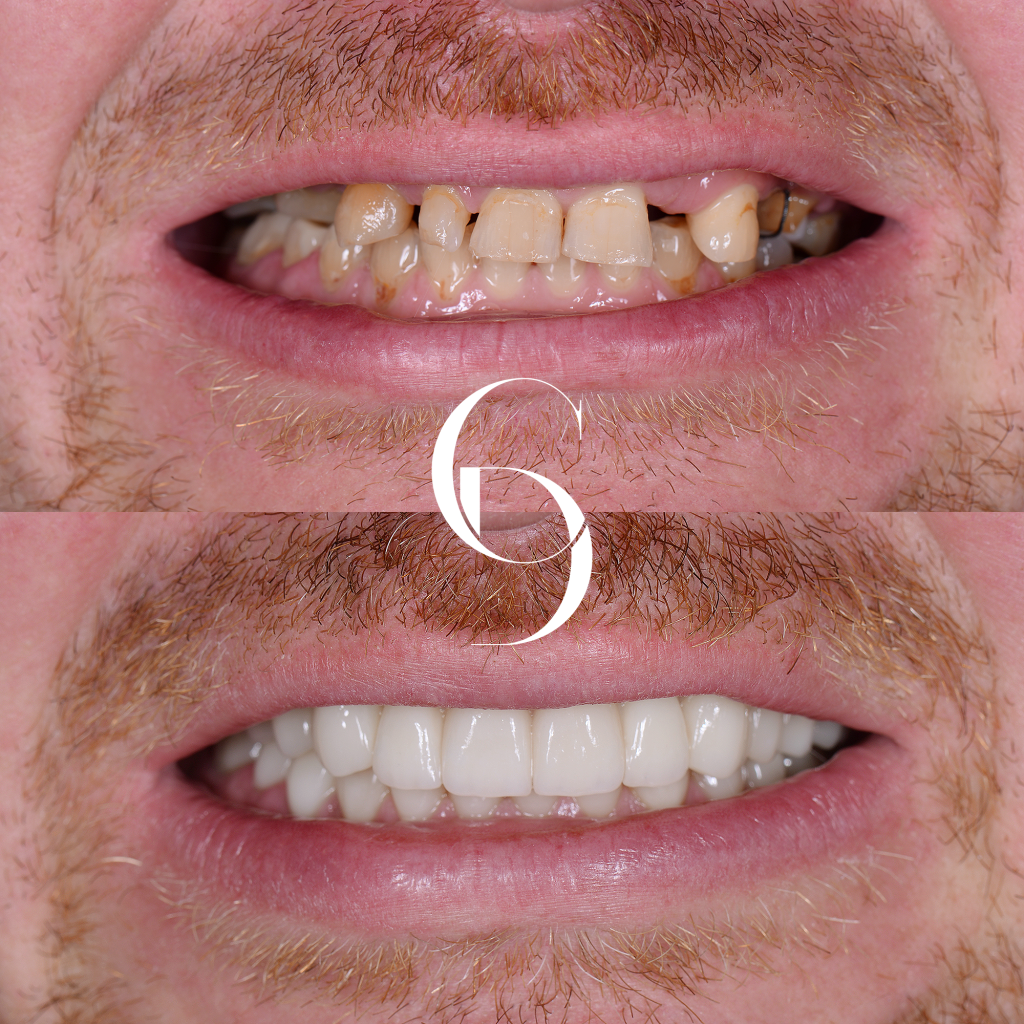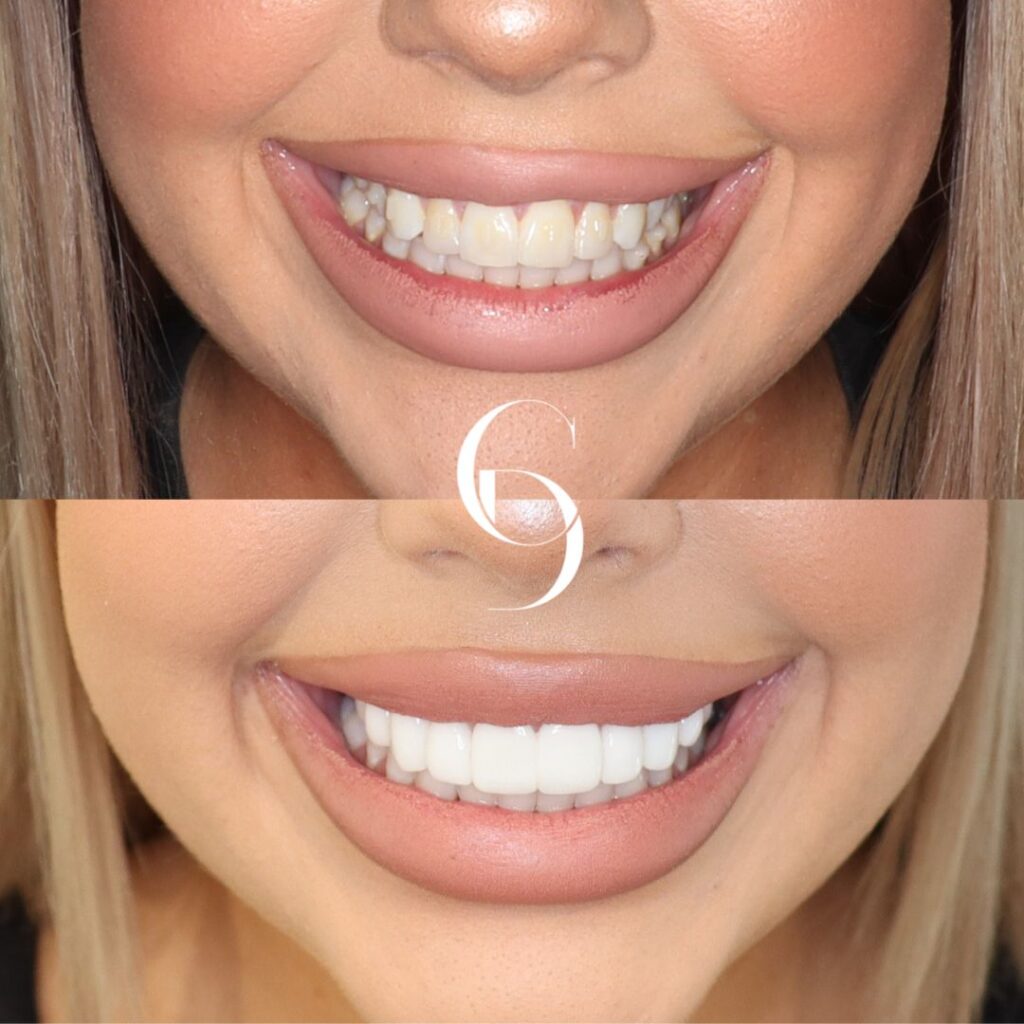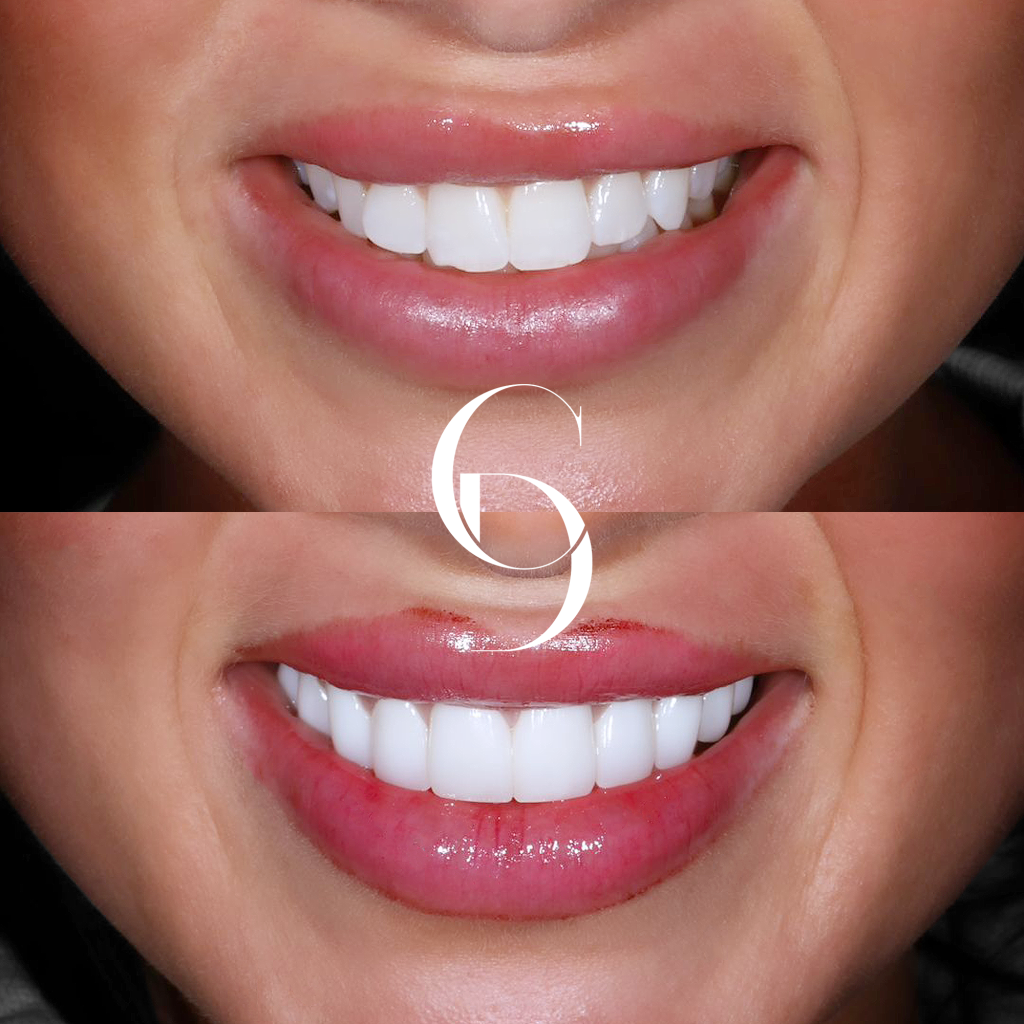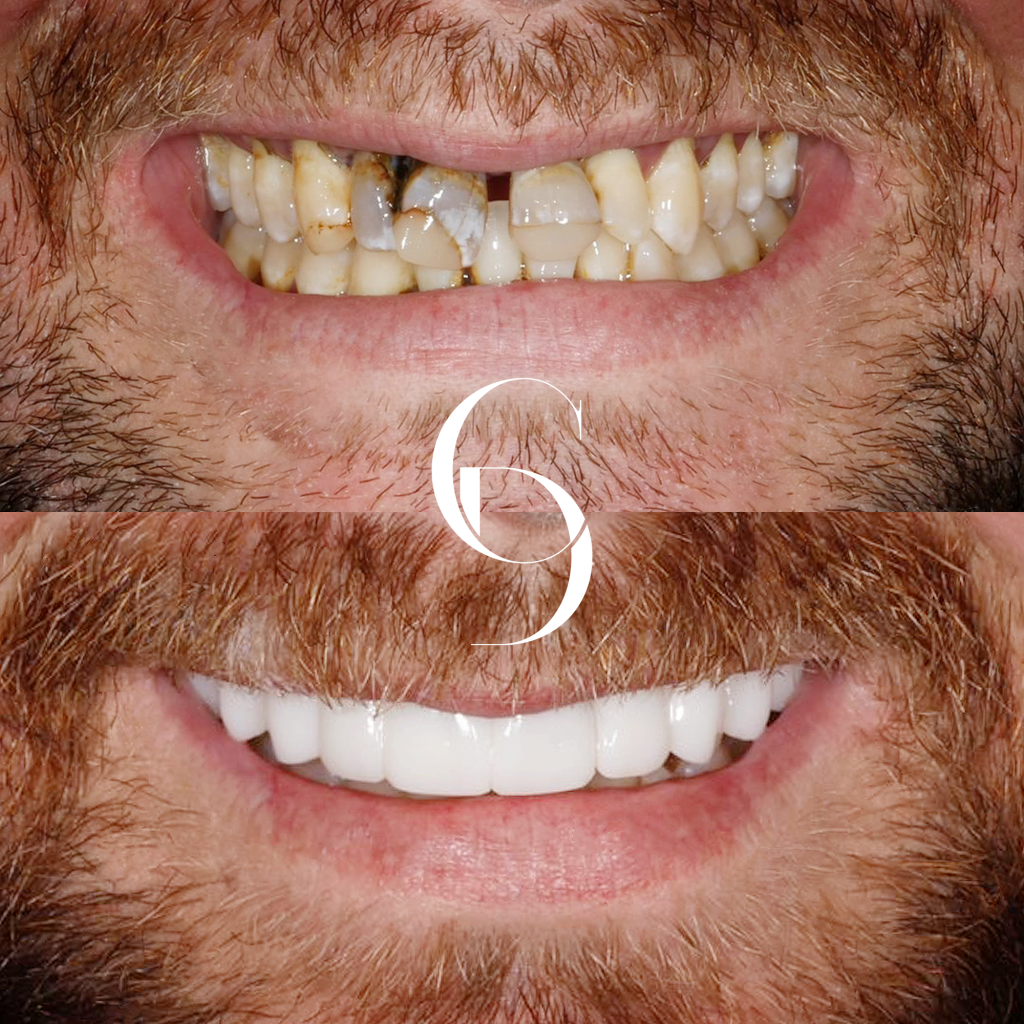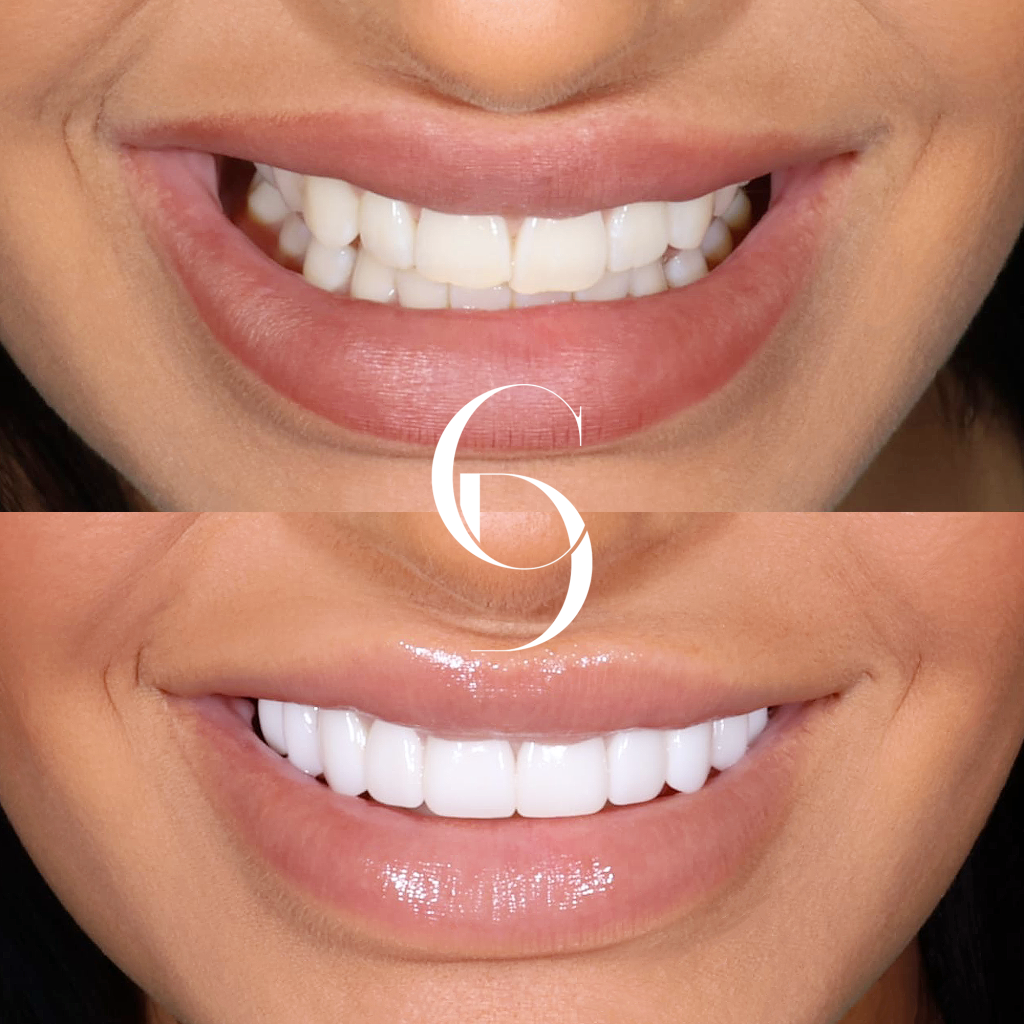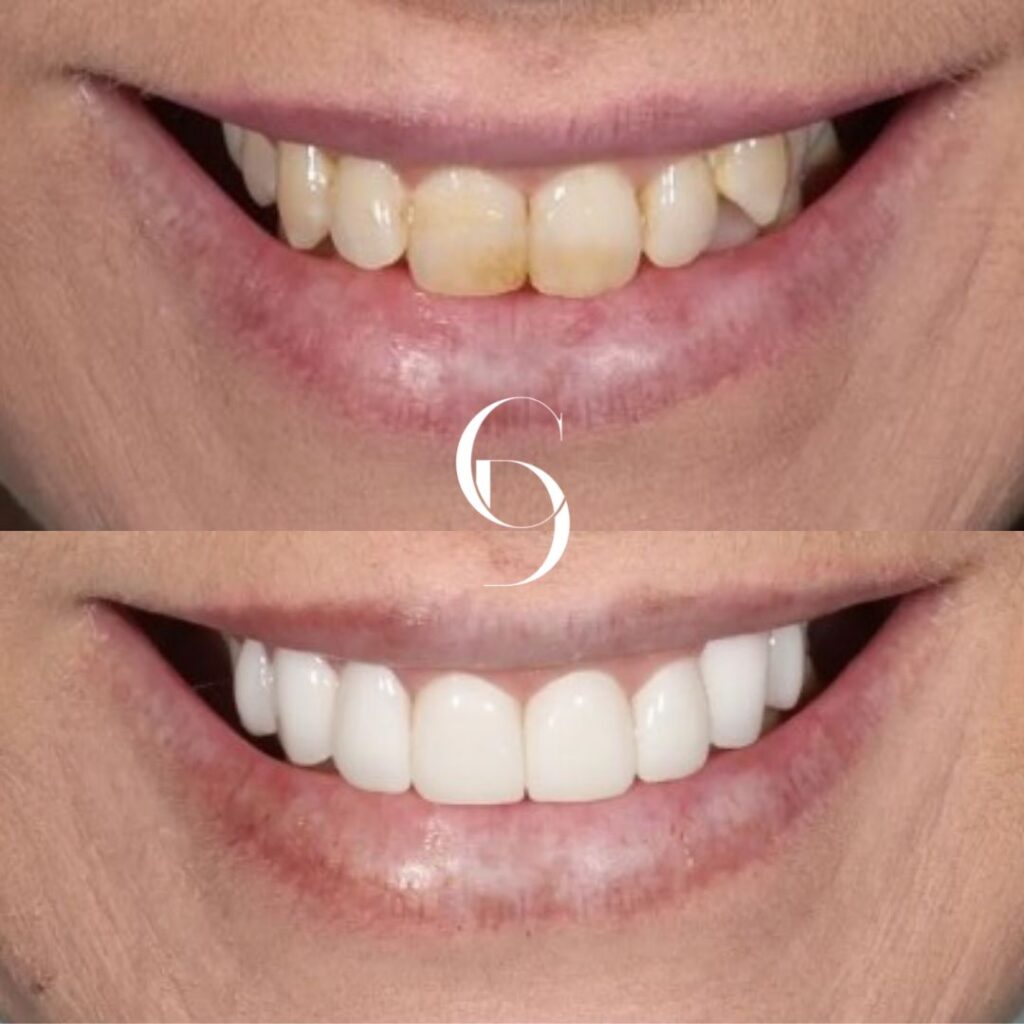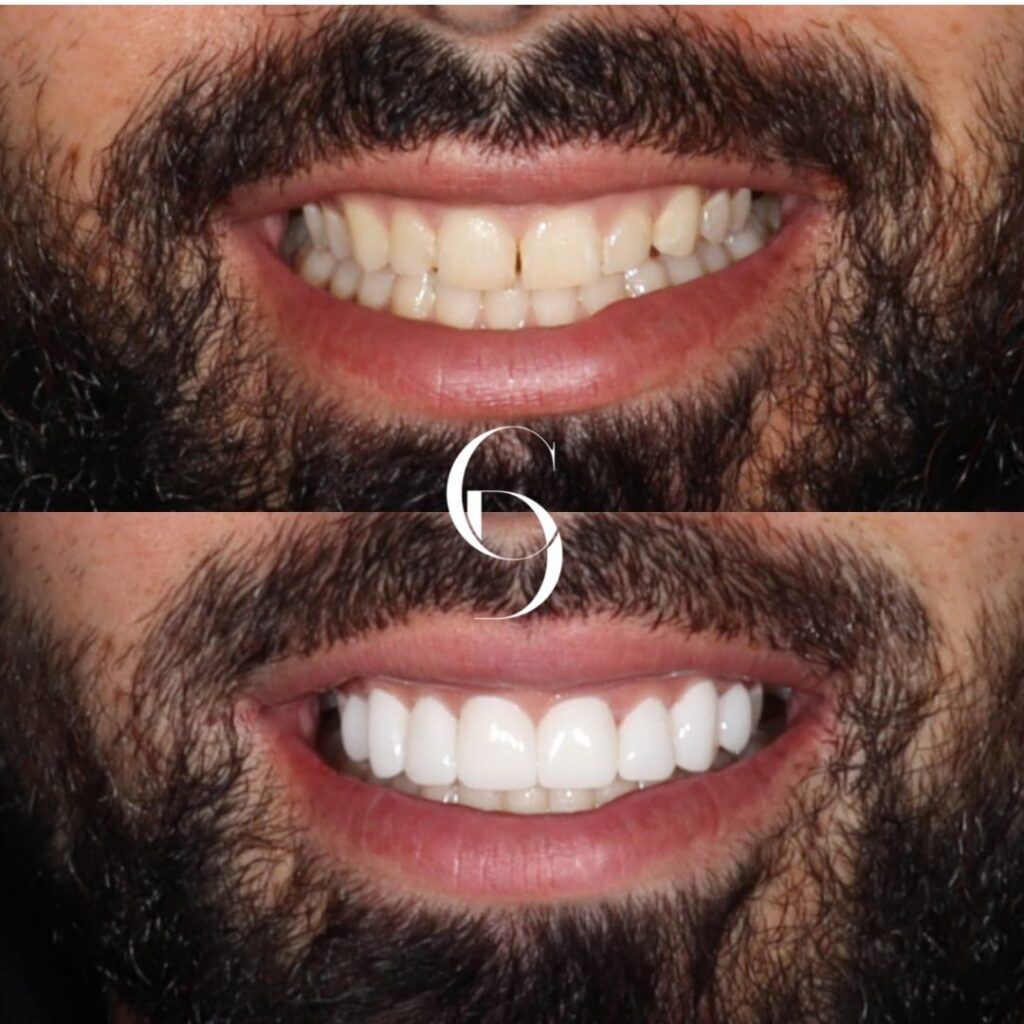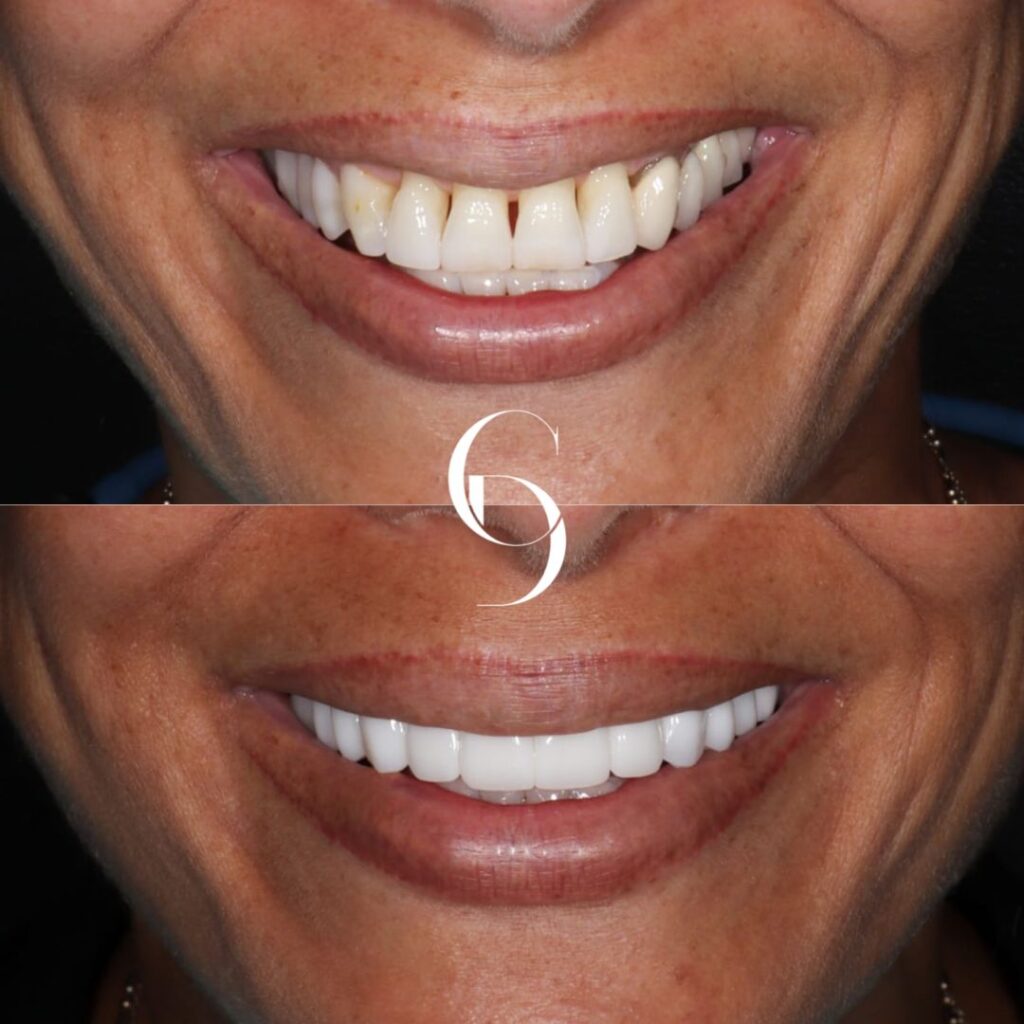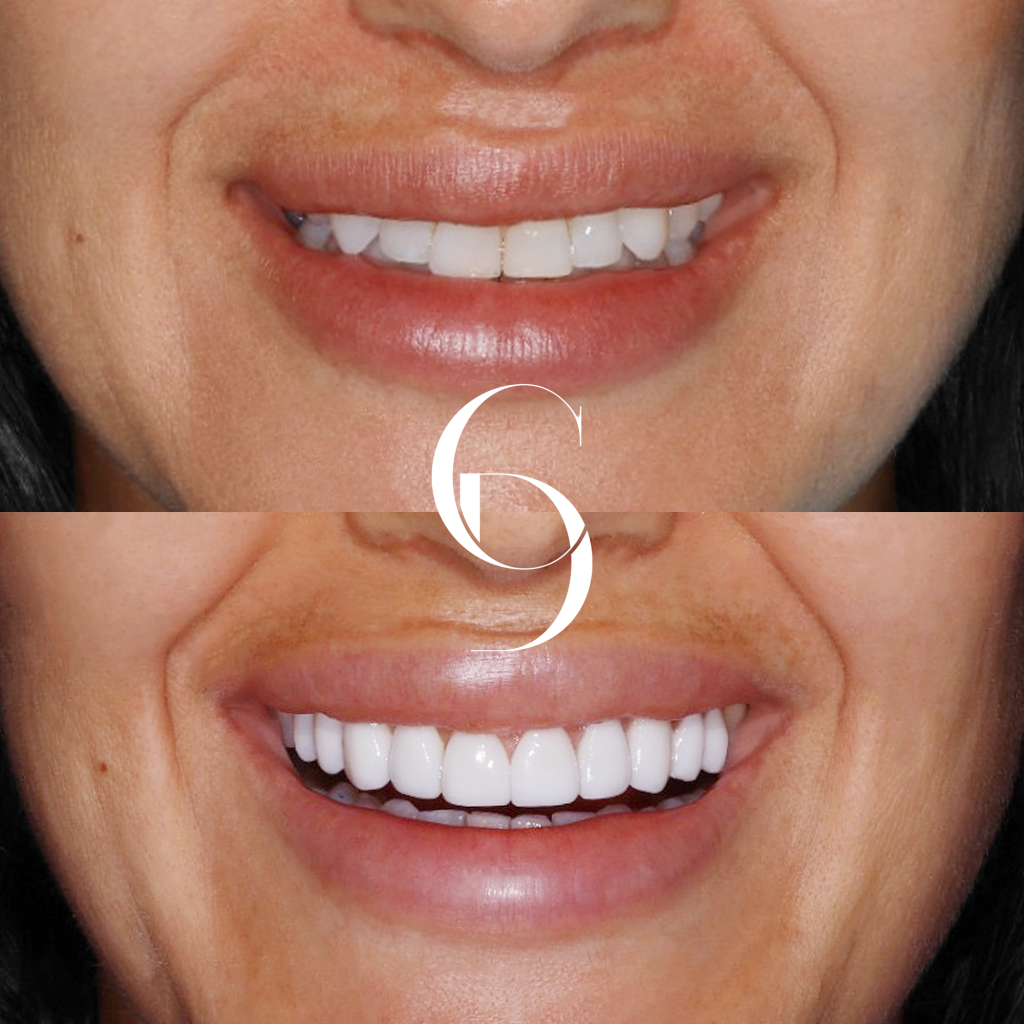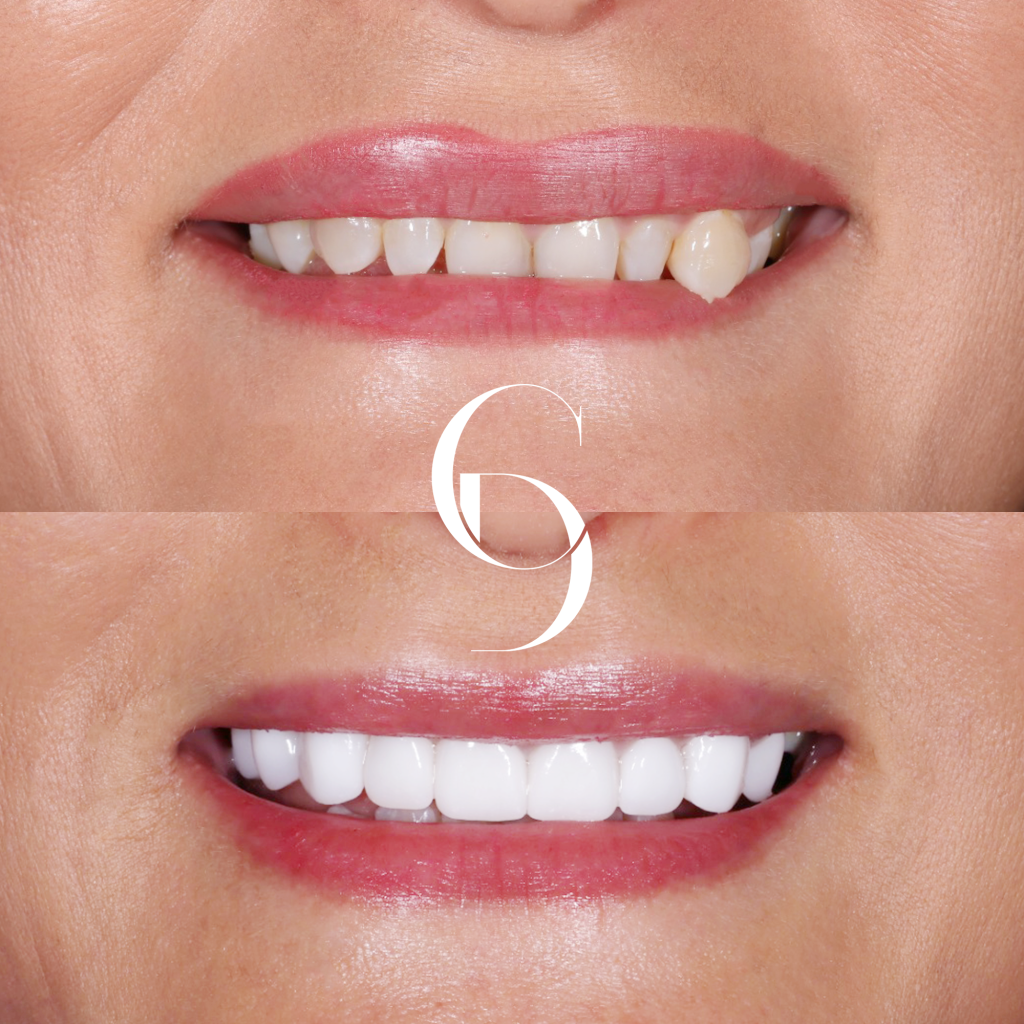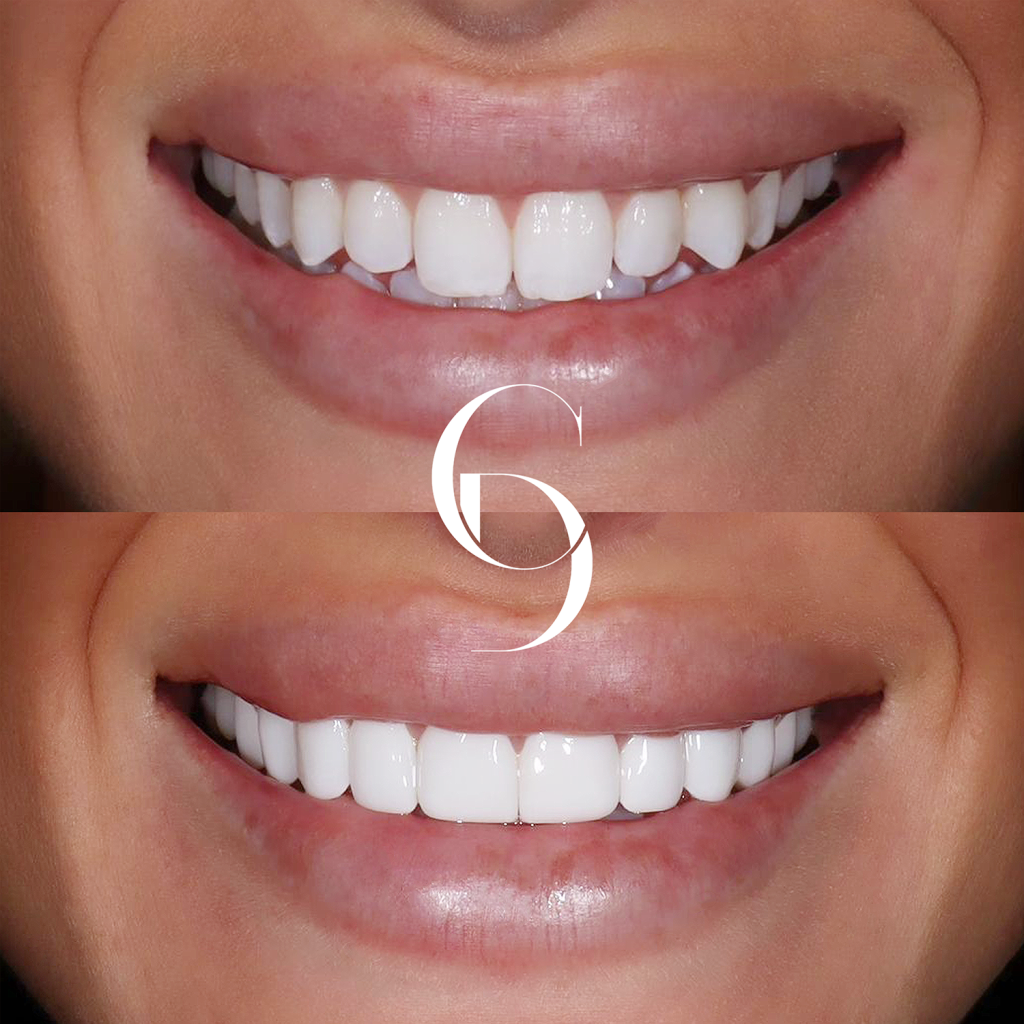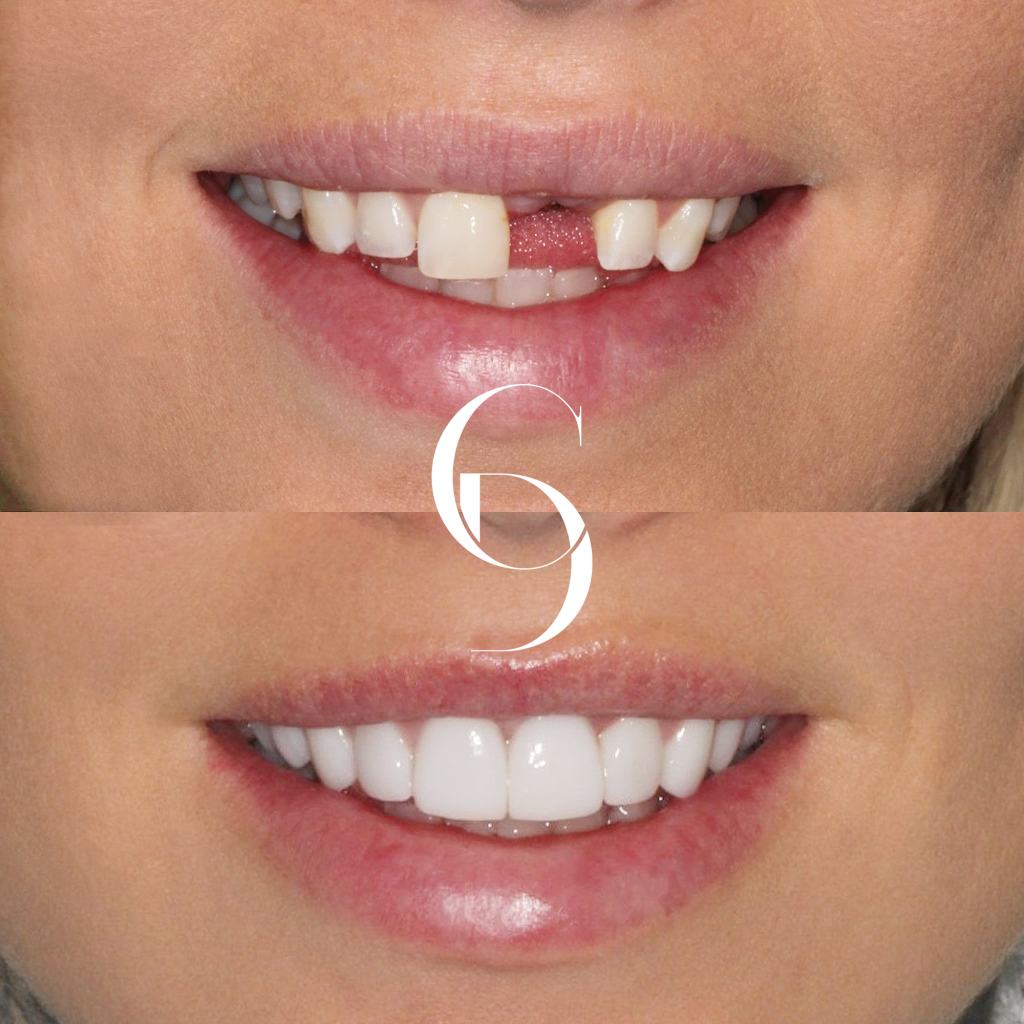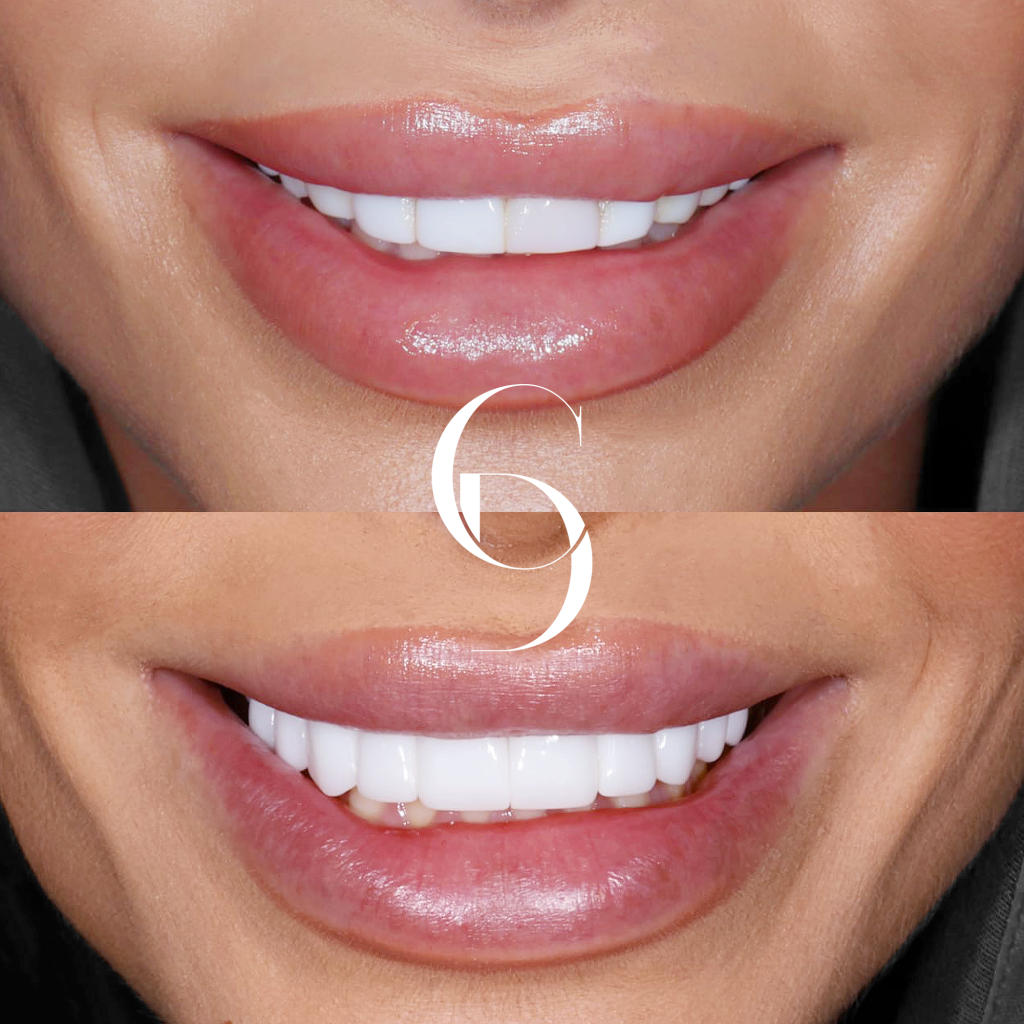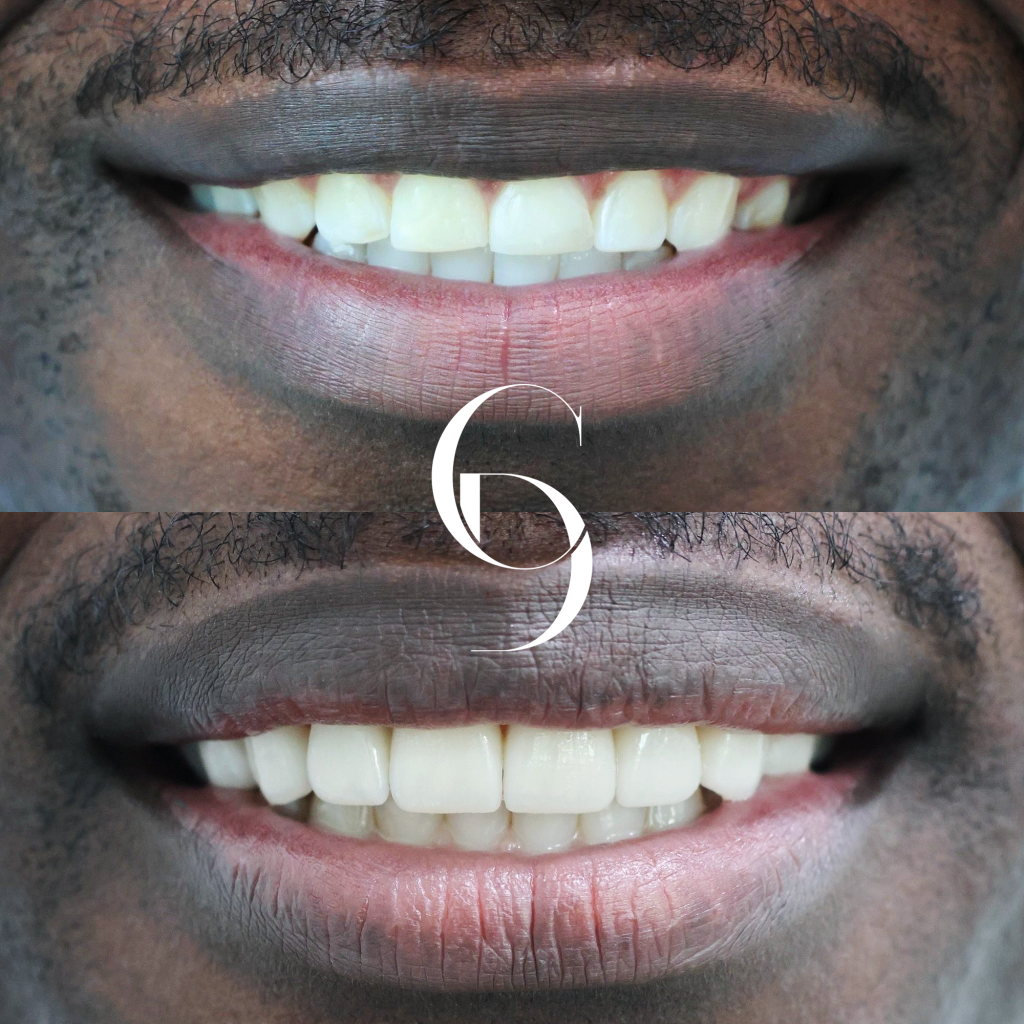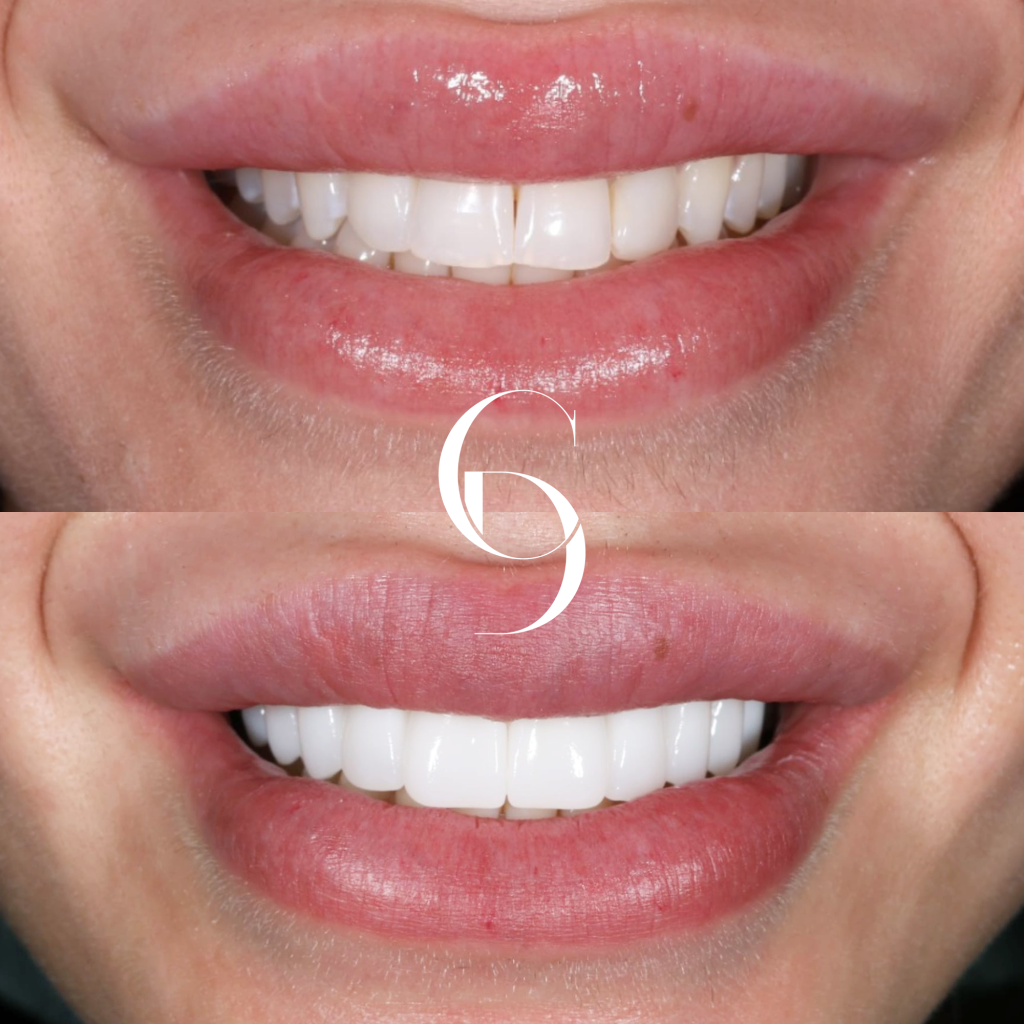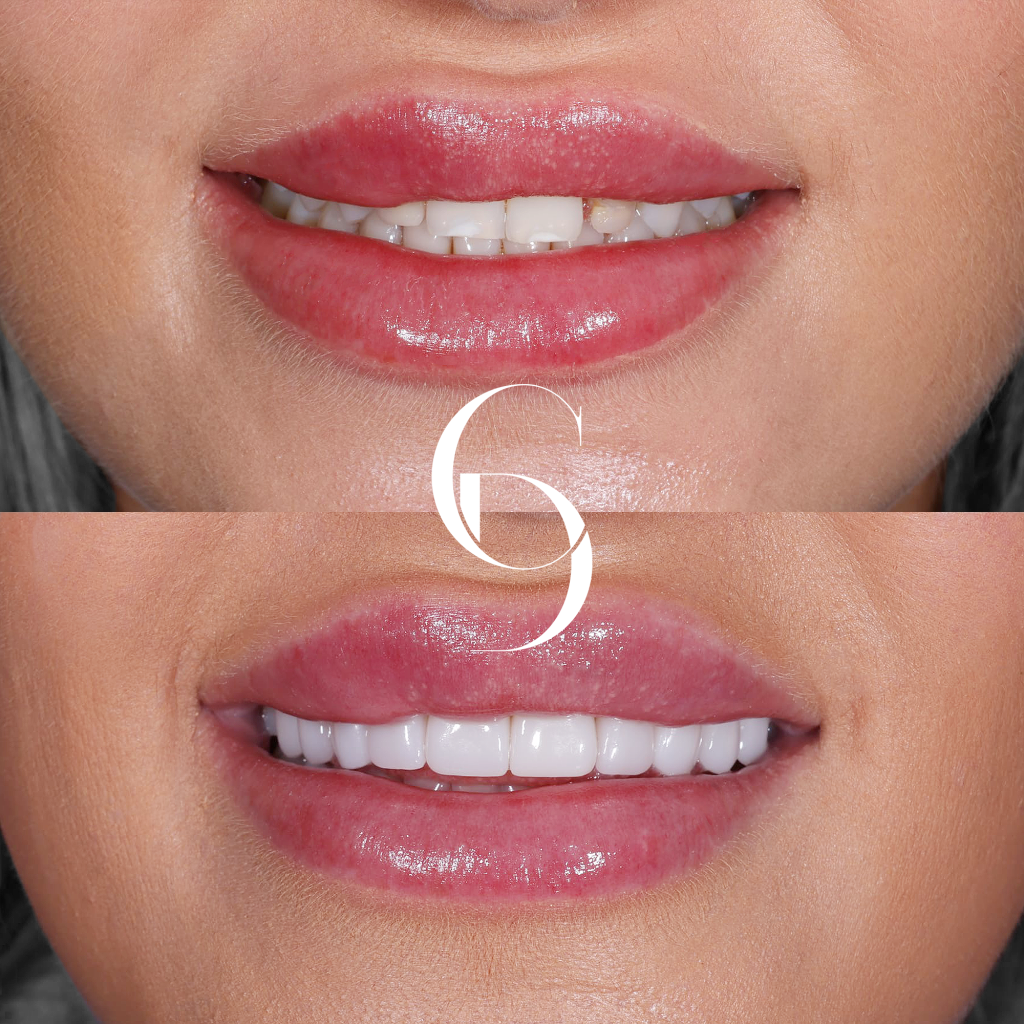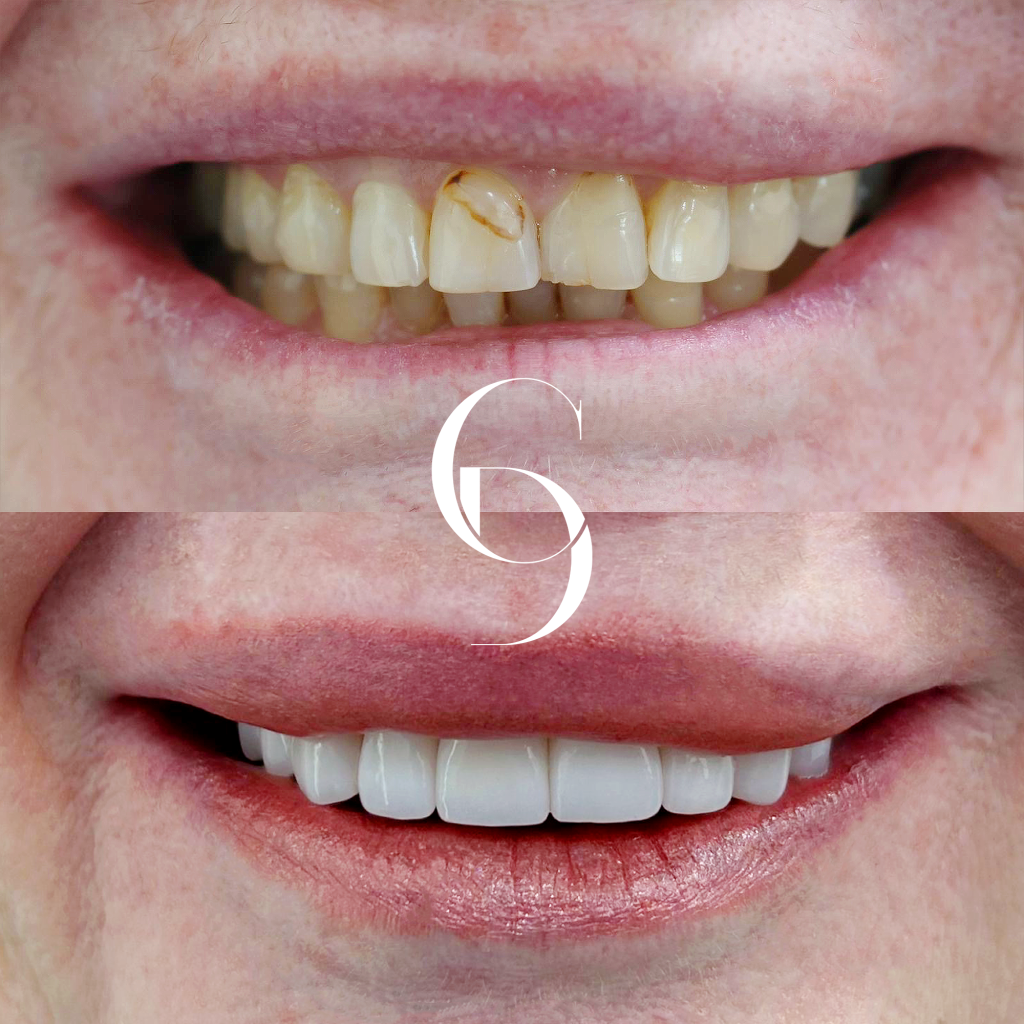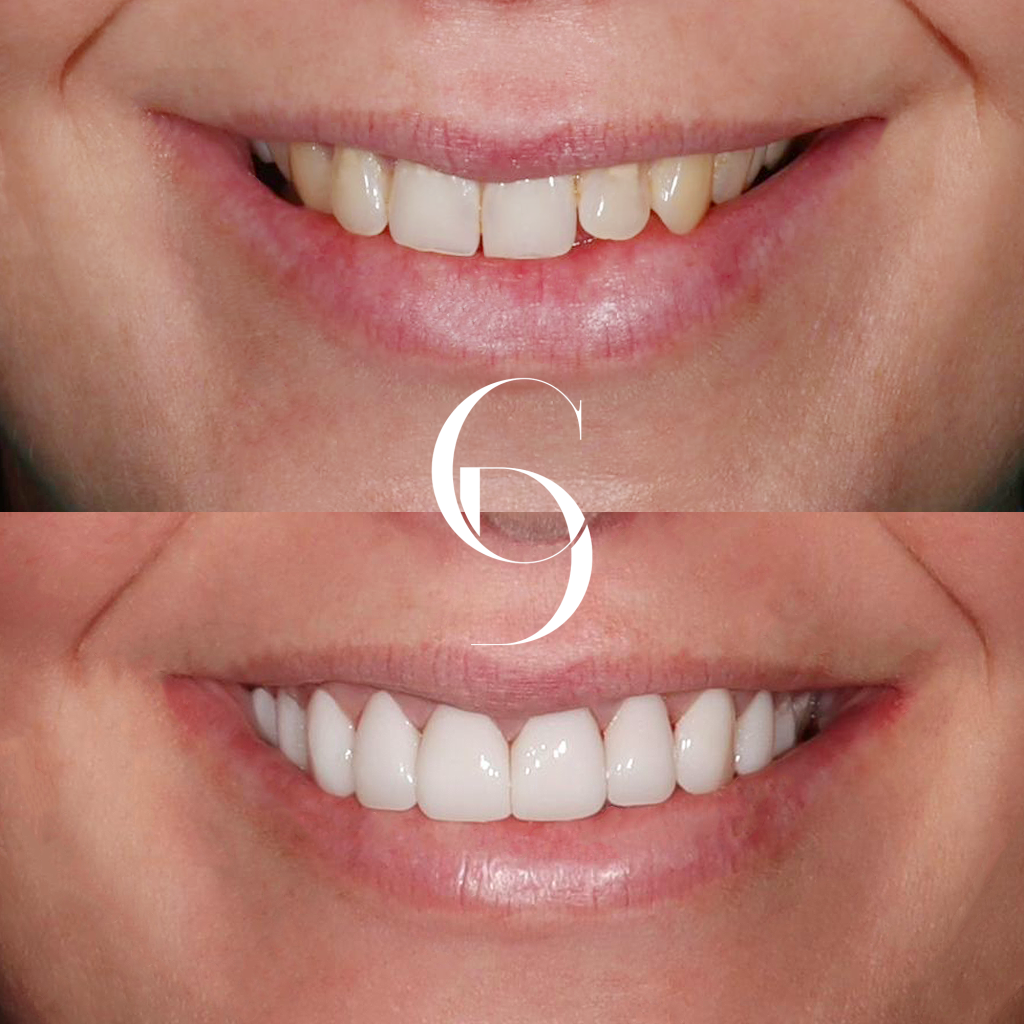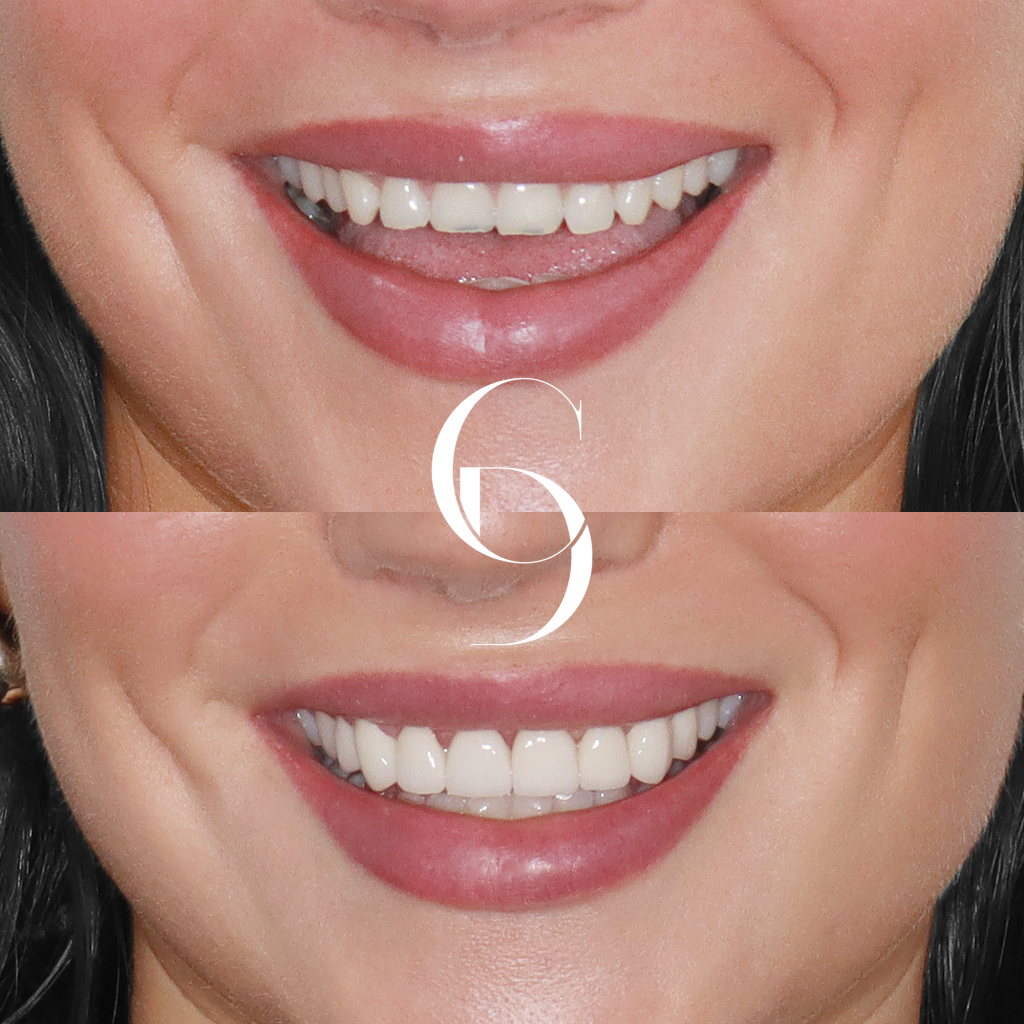Transform Your Smile with Invisalign Teeth:
The Wonders of Modern Orthodontics
In the grand tapestry of modern orthodontics, Invisalign has emerged as a true pioneer; a silent, sleek marvel transforming crooked smiles into straight, radiant beacons of self-confidence.
Like a stealth ninja in the dental arena, Invisalign has quietly revolutionised the teeth-straightening process, offering a blend of subtlety, comfort, and efficiency.
Welcome to the definitive guide to Invisalign, where we unravel the mysteries of this cutting-edge orthodontic treatment, demystify the myths, and illuminate the path to a better smile.
Whether you’re a dental connoisseur, a potential patient, or merely an orthodontic enthusiast, this post has been crafted to nurture your interest and provide valuable insights into the world of invisible braces.

What is Invisalign?
Imagine braces—now imagine them invisible. That’s the essence of Invisalign. This revolutionary orthodontic treatment eschews the wires and brackets of traditional braces in favour of a transparent, custom-fit aligner system. These virtually invisible aligners are designed to gently nudge your teeth into perfect alignment over time.
How Invisalign Works
The Invisalign system takes a meticulous, data-driven approach to orthodontic treatment. It begins with the creation of a digital 3D model of your teeth, allowing your dentist to map out the precise sequence of movements your teeth need to make.
You’ll receive a series of these custom aligners, each to be worn for about two weeks, until your teeth have shifted to their prescribed positions.
The Benefits of Invisalign
Invisibility: The most apparent benefit of Invisalign is its near-invisibility, offering a discreet path to a straighter smile.
Comfort: The smooth, BPA-free plastic aligners are far more comfortable than the metal braces of yesteryear.
Removability: Unlike traditional braces that are fixed to your teeth, Invisalign aligners are removable, making eating and cleaning your teeth a breeze.
Invisalign offers adult patients with mild to moderate orthodontic issues the freedom to straighten their teeth without the social and professional stigma that often accompanies traditional braces.
Obtrusive metal wires and brackets are replaced with a clear, custom-fit, removable aligner, marrying orthodontic precision with patient comfort and aesthetics.
Who is a Good Candidate for Invisalign?
The typical Invisalign patient often desires a more discreet method of orthodontic treatment. Ideal candidates for Invisalign teeth are those with mild to moderate orthodontic issues such as:
Overcrowding: When there isn’t enough space in your jaw for your teeth to fit normally.
Gaps in Teeth: Extra space within your jaw may be caused by abnormal tooth size and the jaw size or even missing teeth.
Mild Bite Irregularities: Overbite, underbite, open bite, and crossbite issues that may not be severe.
However, it’s important to note that severe orthodontic issues may still require traditional braces for treatment. Your dentist or orthodontist is the best person to determine which treatment path is right for you.
Comparison with Traditional Braces
It’s time to pit the old guard against the new kid on the block — Invisalign vs braces. While traditional braces have a well-deserved place in dental and orthodontic history, Invisalign teeth presents a compelling case for the modern age.
Comfort and Aesthetics
Traditional braces, while effective, can be uncomfortable, and their prominent appearance is often a source of self-consciousness for patients. Invisalign, on the other hand, offers a more comfortable experience and the clear aligners are nearly invisible.
Maintenance and Lifespan
Invisalign aligners require less maintenance than traditional braces, as they can be removed for eating and cleaning. However, this also means that patient compliance is crucial—aligners must be worn for 20-22 hours each day to be effective.
The average treatment time with Invisalign is also generally shorter than with traditional braces.
Effectiveness
For many patients, Invisalign is just as effective as traditional braces for treating mild to moderate orthodontic issues. In certain cases, especially severe bite irregularities, traditional braces may be more effective.
The Invisalign Process
Invisalign treatment is a systematic, progressive realignment of your teeth, orchestrated by the aligners and overseen by your dentist or orthodontist.
Step 1: Consultation and Assessment
The Invisalign process begins with a comprehensive dental examination, during which your dentist will determine if you are a good candidate for Invisalign teeth. This may involve X-rays, photographs, and dental impressions to create a precise 3D model of your teeth.
Step 2: Treatment Planning
Using the digital model of your teeth, your dentist will map out the individualised treatment plan, including the predicted movement of your teeth at each stage and the overall duration of treatment.
Step 3: Receiving Your Aligners
After the treatment plan is prepared, you’ll receive your first set of aligners. Each subsequent set will make gradual adjustments to the alignment of your teeth, bringing you closer to your desired smile.
Step 4: Wearing Your Aligners
You’ll wear your Invisalign braces for 20 to 22 hours a day, removing them only to eat, brush, and floss. Every two weeks, you’ll swap to the next set of aligners in the series.
Step 5: Follow-Up Visits
You’ll visit your dentist every six to eight weeks for check-ups and to receive your next series of aligners. These appointments are to ensure your treatment is progressing as planned and make any necessary adjustments.
Maintaining Oral Health with Invisalign
A healthy smile is a beautiful smile. Here are some guidelines to ensure your oral health stays on track during your Invisalign treatment:
- Brush and Floss Regularly
It’s crucial to brush your teeth after every meal and snack before reinserting your aligners to prevent food particles from becoming trapped, leading to bacterial growth and decay.
- Clean Your Aligners
Maintaining the cleanliness of your aligners is important for both oral hygiene and to ensure they remain invisible. Clean your aligners daily using the Invisalign cleaning system, a soft toothbrush, and clear antibacterial soap, or a gentle solution of vinegar and water.
- Regular Dental Check-Ups
In addition to your Invisalign check-ups, it’s important to keep up with your regular dental visits for cleanings and maintenance.
Cost and Insurance
Now, we approach the question many of you have pondered— how much does Invisalign cost, and is it covered by insurance?
Understanding the Financial Aspect
The Invisalign cost can vary depending on the complexity of your case and the duration of your treatment. On average, Invisalign can cost as much as traditional braces.
However, the invisible property of Invisalign may influence some orthodontic service providers to charge higher fees for Invisalign.
What About Insurance?
Insurance coverage for Invisalign is not universal. While some dental insurance plans may cover a portion of the treatment cost, others may not. It’s critical to check with your insurance provider to understand your coverage.
Payment Options
To make Invisalign more accessible, many orthodontic practices offer payment plans. Some practices, like Cosmetique Dental, offer flexible Invisalign payment arrangements, ensuring that the pursuit of a perfect smile doesn’t strain your wallet.
Cosmetique Dental takes pride in offering Invisalign treatments across all of its 9 branches throughout Australia. Our dedication to providing top-notch orthodontic care has earned us the status of Invisalign Platinum Elite Provider, a testament to our expertise in successfully completing more than 400 cases for our patients.
Understanding that financial considerations are crucial for many, we’ve introduced an Invisalign payment plan designed to ease the burden. For just $25 per week, you can begin your journey towards achieving the perfect smile without compromising your financial stability.
Our commitment is to make quality orthodontic care accessible and affordable for everyone, ensuring that each patient can experience the confidence that comes with a beautiful smile.
Conclusion
Invisalign is not just a treatment; it’s a pathway to a lifetime of confidently flashing a beautiful, straight smile. As a modern, technologically-forward solution to orthodontic issues, it has cemented its place in the dental landscape, compelling patients to give it a closer look.
Remember, the road to a straighter smile is a personal one and should be travelled with the trusted guidance of a professional in the dental field. If the prospect of invisible, convenient, and comfortable orthodontic treatment has piqued your interest, it’s time to explore Invisalign.
Engage with your local Invisalign dentist, understanding what the process entails, and align with the knowledge needed to make an informed decision about this transformational treatment.
Invisalign is not only about straightening teeth; it’s about enriching lives with enhanced self-esteem, better oral health, and an open, unbridled smile. Your smile, after all, is your most important fashion accessory. Choose Invisalign, and choose to wear it confidently, invisibly.

